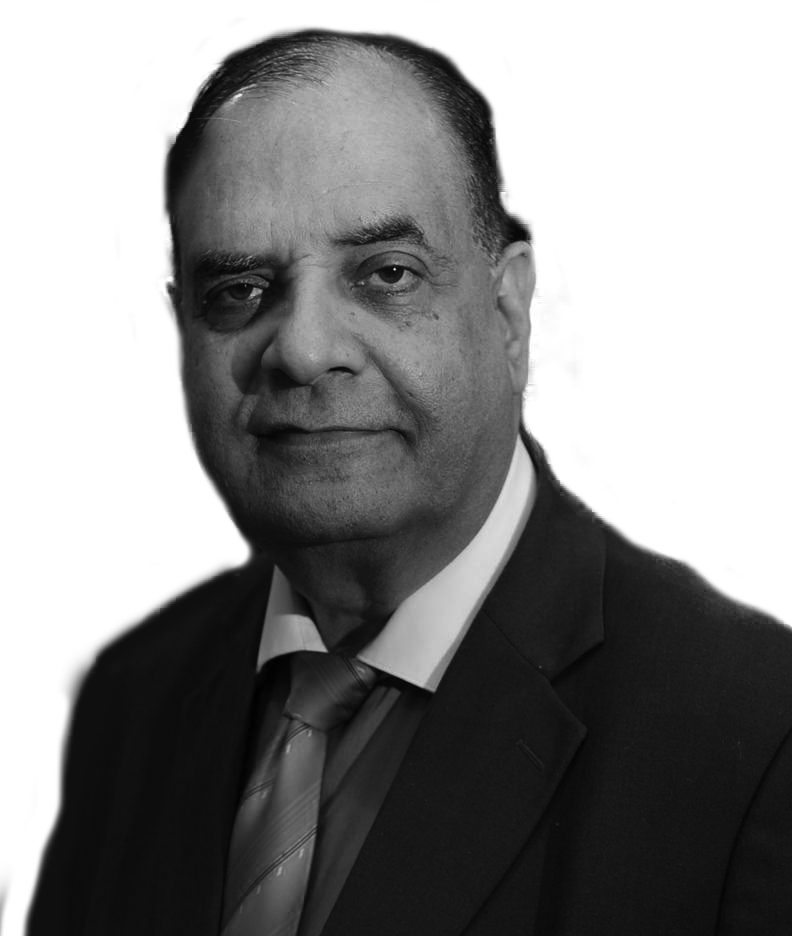NEW DELHI: During the presidential election, in a program on NewsX TV channel, a spokesperson of the Samajwadi Party argued with me on the issue that it is constitutionally inappropriate to call Droupadi Murmu a tribal woman. While I say that mention of caste, religion, etc. in an election can be wrong, it is not unreasonable to mention the tribal origin of a woman. He stuck to his point, though he is a lawyer by profession. There have been discussions on TV programs or on social media about the political and social benefits of portraying Murmu as a tribal woman, but the fact that a forest dweller can be elevated to the President’s throne has been discussed by the Prime Minister. Even before becoming the Chief Minister, Swayamsevak leader of Sangh BJP Narendra Modi and dedicated workers of Bharatiya Vanvasi Ashram Sangathan had an important role to play.
I also remember as a journalist that Narendra Modi, working as in-charge of the BJP of Madhya Pradesh around 1998, campaigned with the demand to protect the interests of tribals in Chhattisgarh in the form of a movement. Later, the BJP government formed under the leadership of Atal Bihari Vajpayee fulfilled this demand. Therefore, I find it redundant to argue that Droupadi Murmu has been chosen only for the sake of upcoming elections and political gains. Rashtriya Swayamsevak Sangh has been working among tribal forest dwellers and people for about 75 years. Vanvasi Ashram was also established in the tribal area of Orissa-Chhattisgarh and its small office was inaugurated by Sarsanghchalak M.S. Golwalkar (Guruji) on 26 December 1952. In interviews given to me by two Sarsanghchalaks Professor Rajendra Singh and Sudarshanji and Professor Rajendra Singh in 1997 and 2003, work in tribal and northeastern areas was discussed. There have also been opportunities to interact with some pracharaks active in Chhattisgarh, Rajasthan, and Assam, Arunachal. People have little idea of the role of the Vanvasi Ashram. Apart from politics, attention should also be paid to the important contribution of such organizations and the dedicated workers associated with them.
Another interesting fact is that after independence, Congress leaders engaged the people associated with the RSS to work in the tribal areas and to cooperate in the implementation of tribal welfare programs to check the influence of foreign missionaries in the tribal areas. At the time when Ravi Shankar Shukla was the top leader and Chief Minister of the Central Provinces, there was a demonstration against him in Jashpur. He was surprised at such protests in the dense tribal area. Then they came to know from the investigation of the administration and the police that Christian missionaries who were converting had instigated these people. Then, on the advice of Bappa Maharaj, he appointed Pandurang Govind Vanikar as the director of the tribal welfare department and, after making some plans, he attached Ramakant Keshav Deshpande, associated with the Sangh, to this department. Deshpande was active in Orissa and the Central Provinces. But within two to three years, he started feeling difficulty in doing welfare work due to government red tape. Then, after talking to Guruji, he established the Vanvasi Ashram organization. At first, the organisation opened only eight schools; then their number increased to one hundred. He also got some support
On the other hand, after coming to power by the government of Prime Minister Narendra Modi, development schemes are being implemented on a large scale in the tribal areas. Recently, Home Minister Amit Shah said that till 2014, there was a budget provision of only Rs 21,000 crore for tribal welfare schemes, but after the Modi government came to power, this budget has increased to about Rs 78,000 crore. 50 Eklavya residential model schools are being built in tribal areas. Free rations are being given in every village. Earlier, where only 8–10 crops were recognized, government assistance is being given by recognising 90 forest produce. Approval has been given to set up about 150 medical colleges in tribal areas. About 2,500 Van Dhan Vikas Kendras and 37,000 self-help groups have been formed. Twenty lakh land leases have been given.
There may be some shortcomings in the claims of the government or difficulties in implementation by the regional government machinery, but it must be admitted that in recent years, the Sangh and the BJP have changed the old notions of Brahmin, Bania, and Urban party organization. Its influence is increasing in rural and tribal areas. In Madhya Pradesh, in the elections of Panchayat to Municipal Corporations, about 75-85% of the places were won in the name of the Shivraj Singh government and the Modi BJP. The funny thing is that Congress has now succeeded over the municipal corporations of big cities. Even in the northeastern states, the BJP is getting the benefit of the work done over the years in getting power. Modi’s “Sashakt Nari, Sashakt Bharat” campaign has started getting wide support from women. There will also be a democratic benefit of increasing the feeling of self-confidence.
(The author is editorial consultant for ITV Network India News Channel and Aaj Samaj)
Tribal areas saw development push after PM Modi came to power
इस शब्द का अर्थ जानिये
- Advertisement -

